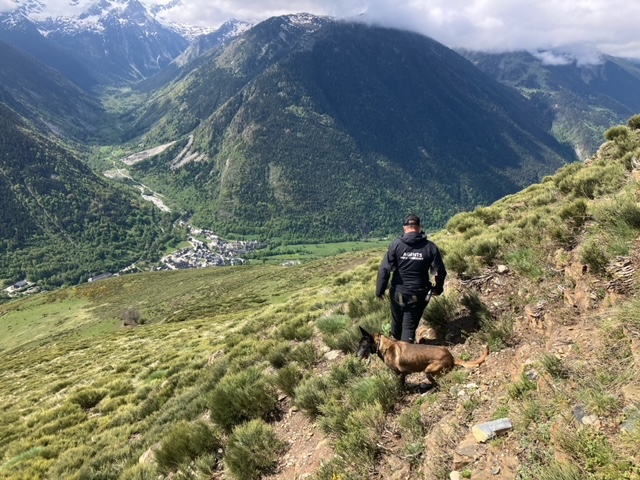Val d'Aran named UNESCO Biosphere destination
Organization praises its "unique position" and features "diverse climatic and biological landscapes"

The Pyrenean Valley of Val d'Aran has been named a Biosphere destination by UNESCO on Friday.
On the northern side of the Pyrenees, the Val d'Aran is "nestled at the western frontier of the Catalan Pyrenees," and its "unique position as a watershed between the Mediterranean and Atlantic realms means that it features diverse climatic and biological landscapes" the organization wrote in a statement.
"It is also a bastion of Occitan cultural and linguistic heritage," the international body said, while the body wants to make Aranese equal to the Catalan language.
The Val d'Aran is home to 9,983 inhabitants and "has historically thrived on activities ranging from agriculture and crafts to trade," the body said during a ceremony that took place in Agadir, Morocco.
One of the elements UNESCO has also acknowledged is the "re-introduction of brown bears, which has raised concerns among local livestock farmers."
"The designation of the area as a biosphere reserve has been a pivotal step towards improving biodiversity protection and revitalizing traditional practices in order to halt depopulation and transition to a more resilient rural development model," UNESCO said after the Aranese government started its bid in 2020.

"The biosphere reserve’s management plan has been meticulously designed with village representatives from local associations promoting tourism and animal husbandry," UNESCO added.
Catalonia also has other sites that are considered biosphere destinations, such as the Montseny Hills in 1978 and the Terres de l'Ebre in 2013.
"This distinction is a historic feat that reaffirms our commitment that we have as a government with Aran and its residents," Maria Vergés, Aran sindicate, said.
During the ceremony, UNESCO also unveiled ten other destinations located in Colombia, the Dominican Republic, Italy, Mongolia, the Kingdom of the Netherlands, the Philippines, the Republic of Korea, Slovenia, Belgium, and Gambia.
Each biosphere reserve promotes innovative local sustainable development solutions, protects biodiversity, and addresses climate disruption. They also support local and Indigenous communities through practices such as agro-ecology, water management, and the generation of green income.
With these new biosphere reserves covering a total area of 37,400 km², equivalent to the size of the Netherlands, the World Network of Biosphere Reserves now totals 759 sites in 136 countries.
Val d'Aran – the Pyrenean valley with a distinct history
On the northern side of the Pyrenees, surrounded by high mountain peaks, lies the beautiful Val d'Aran, the Aran valley. Its geographic isolation has helped foster and protect its distinct culture, including the Aranese language, a dialect of Occitan.
Listen to our Filling the Sink podcast episode published in August 2021 to learn more about the territory.